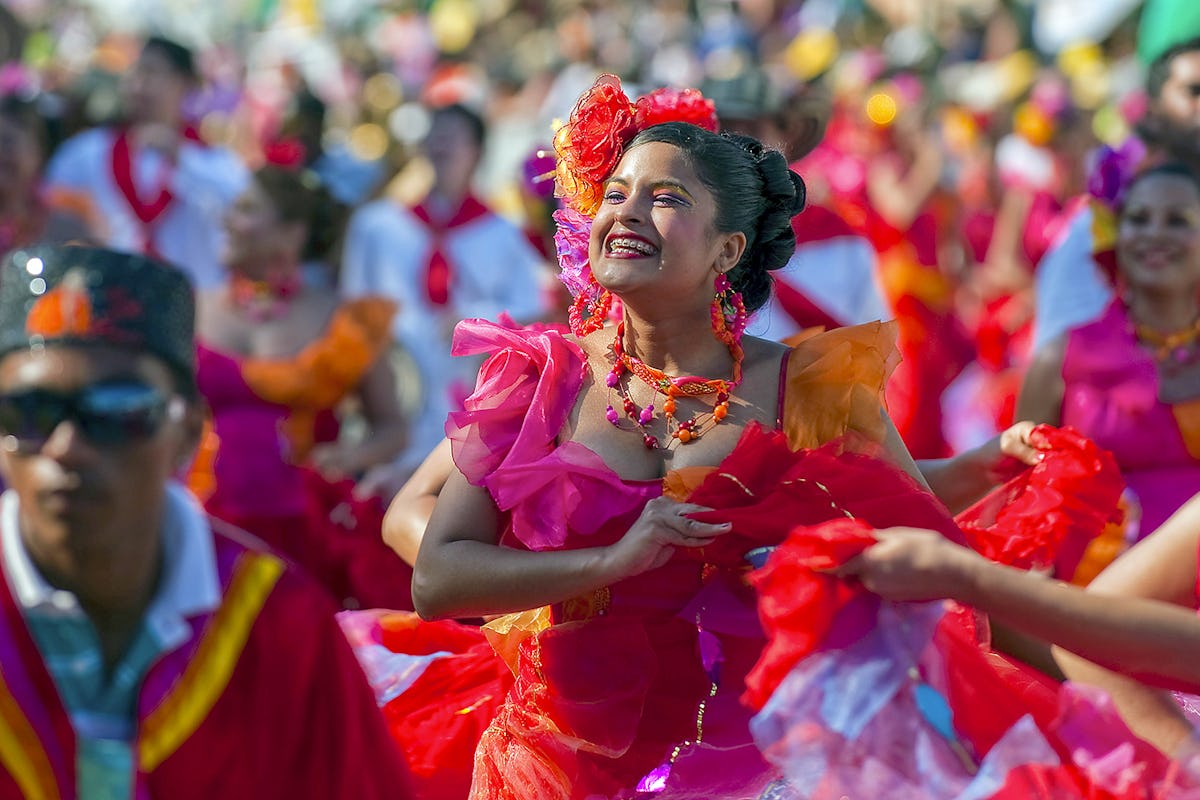The Best Strategy To Use For Dance San Francisco
Table of ContentsEverything about Dance San FranciscoThe 4-Minute Rule for Dance San FranciscoThe Only Guide for Dance San FranciscoRumored Buzz on Dance San Francisco
Allow's consider Salsa dance and music as a large Tree that looks like this: Salsa is danced global while many technological aspects of the dancing are the exact same throughout styles (6 actions over 8 beats danced on a quick-quick-slow or slow-quick-quick rhythm), there are a number of "characteristic" features of the major styles of Salsa that identify one from the other.Couples taking part in a Casino site Rueda dance all relocate unison as called by a Leader. Distinguishing attributes of Cuban design salsa are circular turn patterns (with "break back" actions on matters 1 and 5) as well as body motion inspired by standard Afro-Cuban folkloric dancings. Distinguishing features of Cali style salsa fasts and intricate footwork, danced with a solid hand hold connection between partners.
The origins of the design are a topic of argument, but it is claimed that New York style Salsa dance came from in the 1960's due to the influx of Latin American emigrants after the Cuban Transformation (salsa dancing sf). Eddie Torres is one of the most popular New York style professional dancer, being virtually generally credited with popularizing the style to dance centres outside of New York
The standard rhythm of "On-2" is slow-quick-quick. The "youngest" of the styles of Salsa, L.A (https://experiment.com/users/emargolin). Design (some people have actually called it "West Coastline" style) became prominent in the 1990's and has its beginnings in ballroom (Mambo, Swing and Cha, Cha, Cha). Transform patterns lead and comply with methods are heavily influenced by these styles, with the Cross Body Lead being the foundation of the design
Things about Dance San Francisco
Style are implementation of turn patterns and figures in the "port", with the break actions on counts "1" and "5". While Salsa songs has strong beginnings in Cuban, Colombian and Puerto-Rican folkoric practices, it can not be discounted that all Afro-Latin and Latin American societies have actually contributed to contemporary Salsa songs as we understand it today.

There she became pals with the Nuyorican artists, and her partnerships with them and her time with the Fania All-Stars caused over 50 albums (of collaborative and solo job). Thanks to the net and convenience of accessibility to information, the appeal of Salsa music, dance and society has spread like wildfire over the last 30 years and also then modern Salsa artists continue to commemorate the Starting Dads and Mom of Salsa.

Dance San Francisco Can Be Fun For Everyone
differentiating features of Salsa songs are: 4/4 time trademark, Son Clave and Tumbao rhythms, Montuno Piano Unless you have a background in songs, the above 3 characteristics most likely indicate absolutely nothing to you. A simpler method to define Salsa music is how it does NOT seem like other sorts of Latin American music.

Many brand new dancers choose to learn L.A. "On-1" style slotted Salsa designs are the most widespread in North America (with some exceptions of some urban centres that still predominantly embrace Cuban and Puerto Rican designs) and L.A
Dance San Francisco for Dummies
.A. https://allmyfaves.com/dancesf?tab=dancesf. Style will design teach promptly instruct fundamentals of Basics timing, weight transfer and turn pattern transform. Many professional dancers, once they've had a year or 2 of dancing L.A. Design Salsa under their belts, "switch" to New York design in order to diversify their dancing vocabulary; however many dancers decide to stick to simply one style of Salsa and enjoy their time on the dancing flooring in that particular style.
Style and New York Design all being danced in the same club, with a number of the dancers having the ability to switch from one style to the various other from one track to the next. salsa dancing sf. Despite which design you choose it is necessary to stick to that design up until you're very comfortable with the principles of timing, body rhythm and foundation move implementation before thinking about "changing" styles (if you intend to)
When you start lessons be prepared to commit energy and time to finding out just how to dance as a whole it takes a total rookie (i. e., someone with little or no dance experience) regarding 6 months of proactively taking lessons and going out and exercising at the very least two times a week to reach a point where pattern implementation begins to feel "natural".